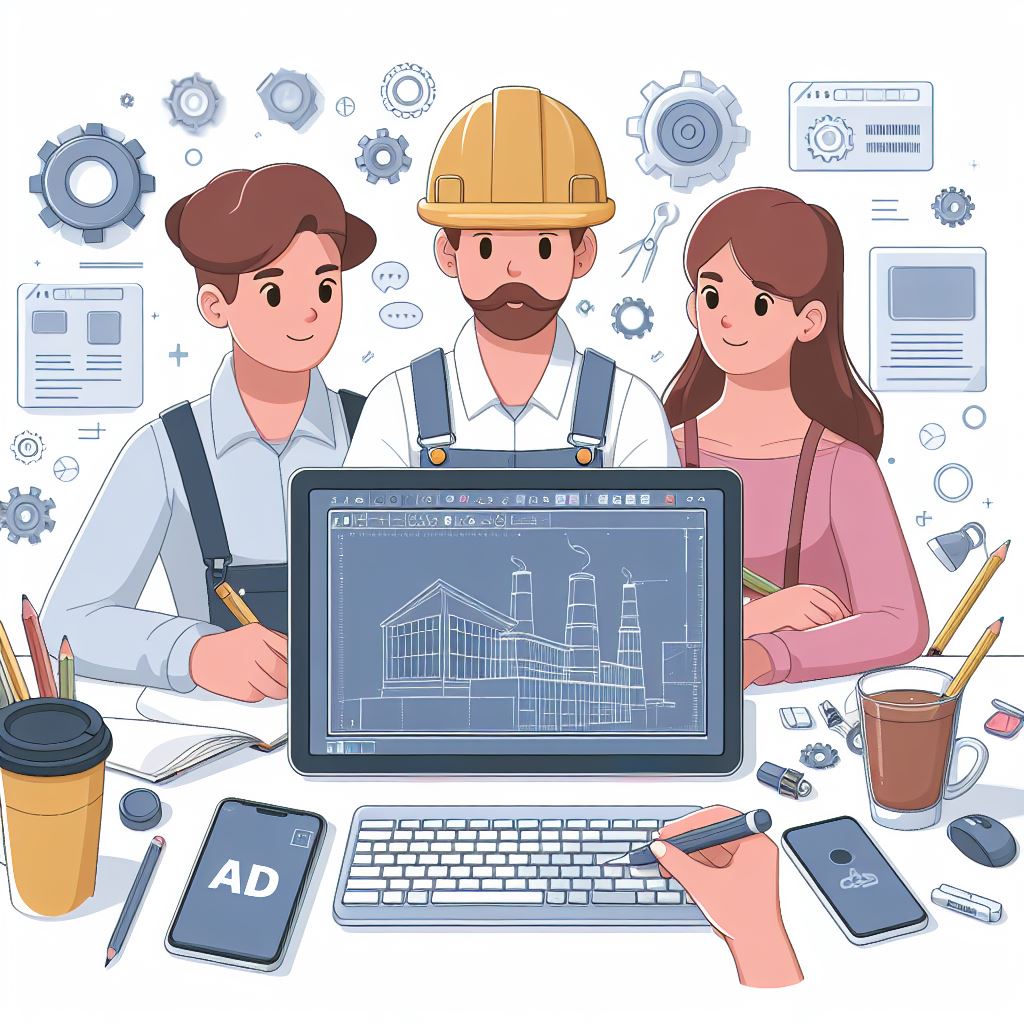In the world of design and engineering, CAD (Computer-Aided Design) software plays a pivotal role, revolutionizing the way professionals conceptualize, design, and create. From its humble beginnings as 2D drafting tools to today's sophisticated 3D modeling solutions, CAD software has undergone a remarkable evolution, shaping industries and empowering innovation across the globe.
Understanding CAD Software
Computer Aided Design Software, in its essence, is a computer-based tool used by architects, engineers, designers, and drafters to create precise drawings and models of objects and structures. These digital representations enable users to visualize, analyze, and optimize designs before they are brought to life physically. CAD programs are equipped with a plethora of features and functionalities, ranging from basic drafting tools to advanced simulation and rendering capabilities.
A Rich History
The roots of CAD software can be traced back to the early 1960s when Ivan Sutherland developed Sketchpad, a revolutionary system that allowed users to interactively create and manipulate graphical objects on a display screen. This groundbreaking invention laid the foundation for computer-aided design and marked the beginning of a new era in design technology.
Throughout the 1970s and 1980s, CAD software continued to evolve, with the introduction of 2D drafting programs such as AutoCAD, which quickly became industry standards for architects and engineers. These early CAD tools simplified the drafting process, offering greater precision and efficiency compared to traditional manual methods.
The Shift to 3D Modeling
The 1990s witnessed a significant shift in CAD software with the emergence of 3D modeling capabilities. Software developers began integrating three-dimensional design tools into their CAD platforms, enabling users to create more realistic and detailed representations of their designs. This transition from 2D to 3D revolutionized the design process, allowing for better visualization, simulation, and analysis of complex structures.
Advancements in Technology
In recent years, CAD software has continued to evolve at a rapid pace, driven by advancements in technology such as cloud computing, artificial intelligence, and virtual reality. These technologies have unlocked new possibilities for design professionals, enabling them to collaborate remotely, automate repetitive tasks, and explore innovative design concepts with greater ease and efficiency.
The Future of CAD Software
Looking ahead, the future of CAD software promises even greater innovation and advancement. From AI-powered design assistants to immersive virtual reality environments, the possibilities are endless. As technology continues to evolve, CAD software will play an increasingly vital role in shaping the way we design and build the world around us.
ALCADS: The Leading CAD Software
In conclusion, while the landscape of CAD software has evolved significantly over the years, one thing remains constant: the need for powerful and intuitive design tools. Among the plethora of options available in the market, ALCADS stands out as a top-tier CAD solution, offering a comprehensive suite of features tailored to the needs of modern design professionals. With its user-friendly interface, robust functionality, and unmatched performance, ALCADS continues to set the standard for CAD excellence, empowering users to bring their boldest ideas to life with ease and precision.


No comments yet